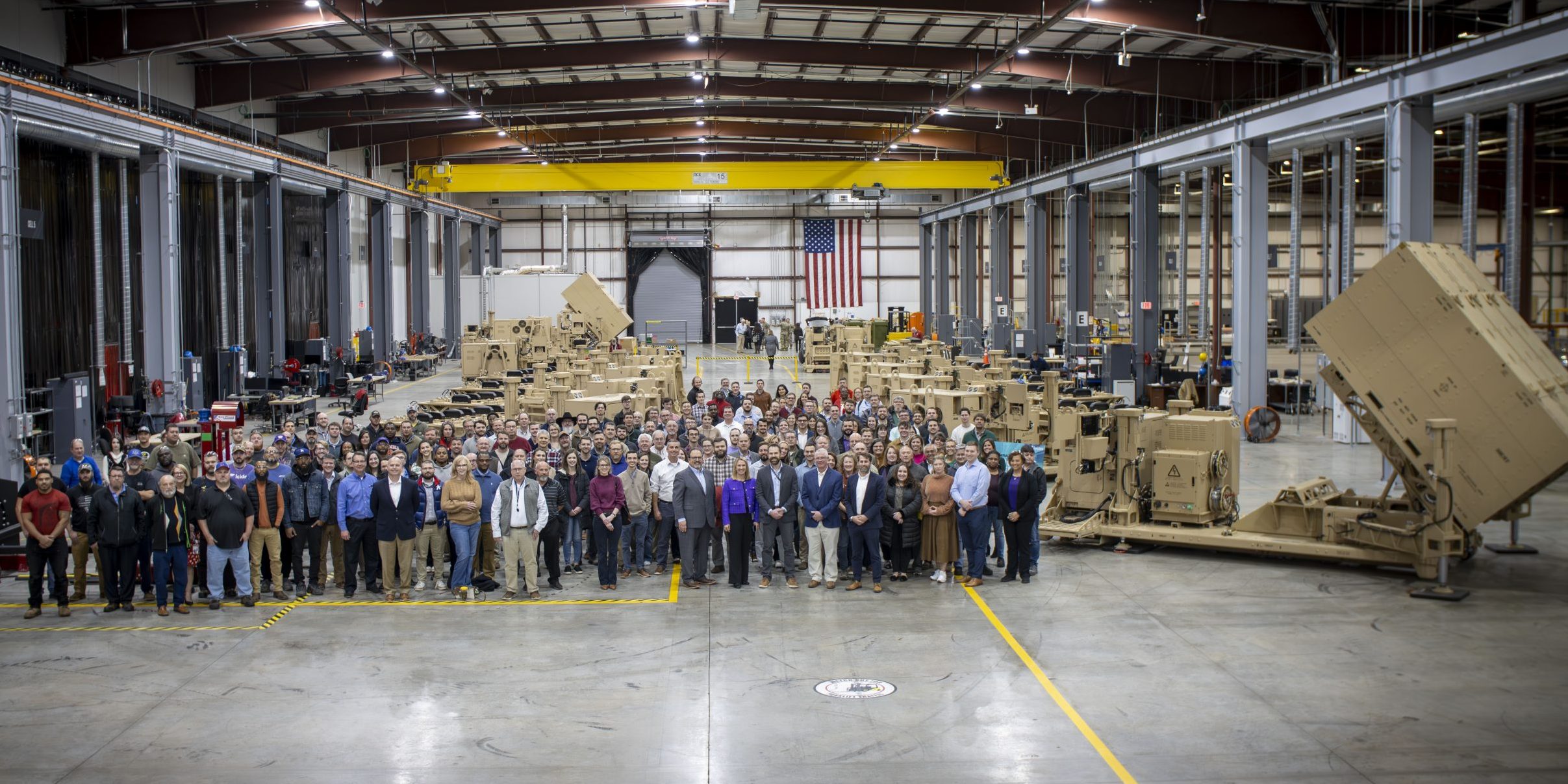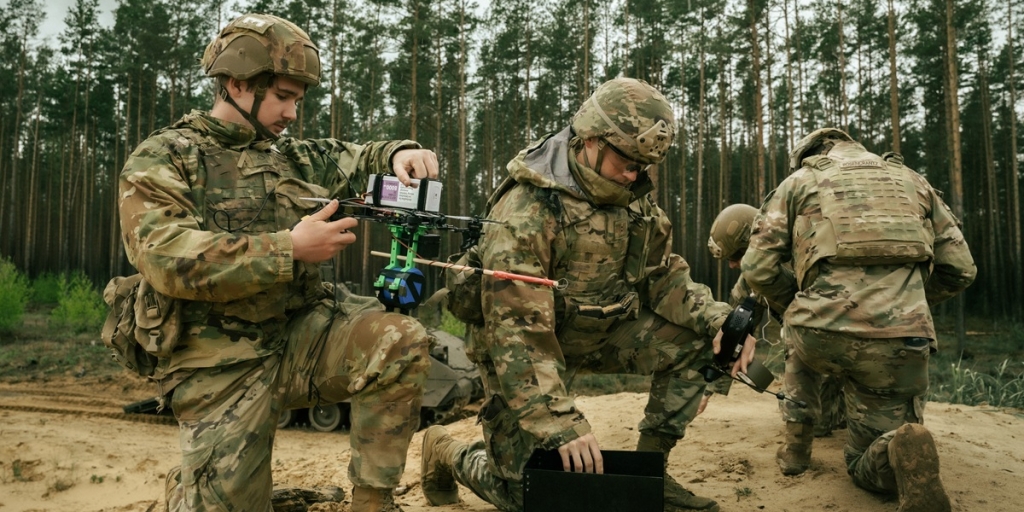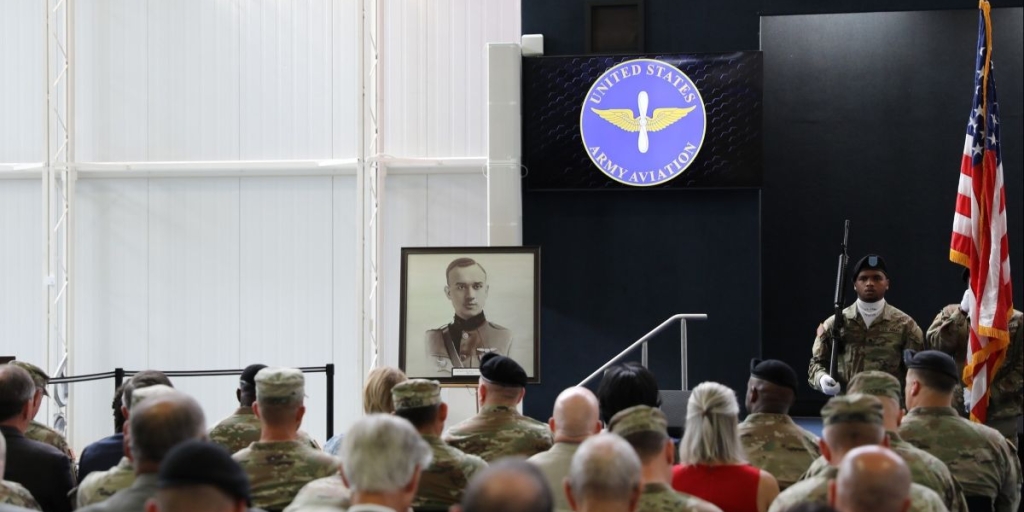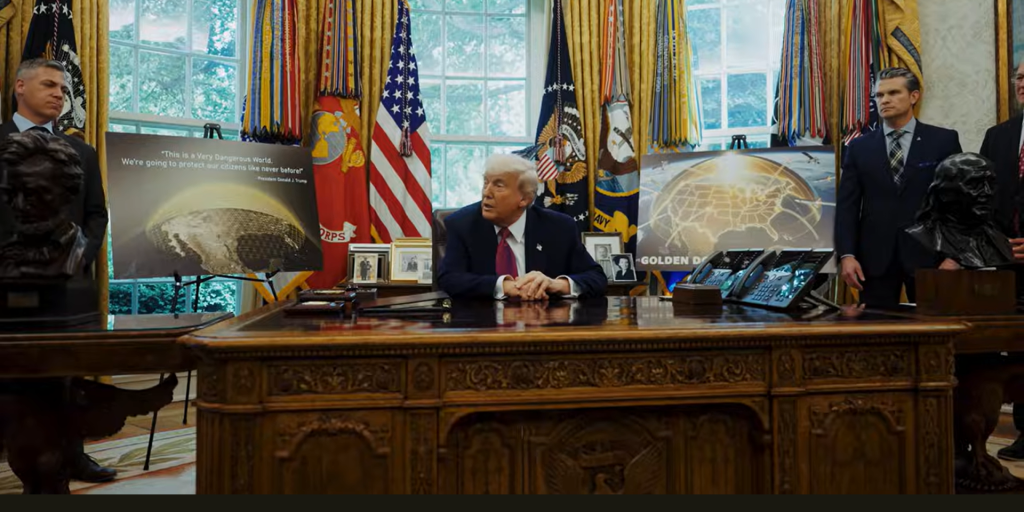At a Leidos facility in Huntsville, the next chapter of the U.S. Army’s warfighting capability is being written.
The company announced its Enduring Shield rocket system, a ground-based technology, capable of eliminating fast-moving aerial threats, successfully cleared a critical milestone in its global delivery.
Days later, members of the Leidos team who helped design, develop and build the systems piece by piece were recognized for their devotion to a project that addresses a technological and fundamental need of the U.S. Army: Adaptability.
“The possibility of multiple threats and the need to defeat these threats is built into the Enduring Shield architecture and the U.S. Army’s layered defense architecture,” Alex Burns, the division manager for the Leidos team responsible for Enduring Shield told Yellowhammer News.
“Enduring Shield has a larger magazine capacity than comparable systems, and each launcher works in collaboration with other launchers so that the protected area is fully defended. We also work with the Army’s air defense systems to enable the optimal launcher and its optimal missile to be used for each threat,” Burns said.
RELATED: Leidos announces success in key test for Enduring Shield System
Enduring Shield is capable of targeting and eliminating three distinct, complex threats: Unmanned aerial systems (UAS), fixed-wing aircraft, such as attack helicopters, as well as cruise missiles – all of which are relied on in high volume by adversarial combat forces.
“Enduring Shield’s ability to defend against cruise missile threats is a much-needed capability to protect our warfighters, critical infrastructure and other key assets. We are also designed for quick emplacement times and to be fully operational in a short window of time to best fit the needs of the warfighter,” Burns said.
“The breakthrough that Leidos Dynetics brings is the capability to expand this solution with future interceptors. That enables our air defense solutions to change and adapt as required by the threat.”
A vital aspect of that breakthrough takes place long before the rocket leaves the canister and eliminates a threat.
Among those in attendance in Huntsville to mark the occasion was Brig. Gen. Frank Lozano, the U.S. Army Program Executive Officer (PEO) for Missiles and Space.
“We have purposely spent a lot of time designing this system to have a modular, open systems architecture,” Brig. Gen. Lozano told the facility full of employees from across the company.
“That’s important because, in the future, we’ll likely want to adapt the interceptors that we put on the system. We will likely improve the command and control capabilities that communicate with this system. And as we make all those adaptations within the kill chain, the system in and of itself has to be flexible and adaptive to react to those changes in a manner that allows us to destroy a threat that never stands still.”
“It’s a hallmark of the system,” Lozano said.
RELATED: Leidos unveils first Enduring Shield launchers ‘vital’ to future U.S. Army capability
Leidos’ Dynetics team was selected as the primary contractor to develop the Enduring Shield system as part of the Army’s IFPC Inc 2 program in September 2021. The original delivery date for the launchers was scheduled for March 2023, but supply chain issues and technical challenges led to a delay in physical delivery.
However, Leidos and the Army worked closely together to integrate and test different facets of the program to mitigate any potential negative impacts to the system production and fielding target timelines.
The team answered that call for urgency. It speaks to the company’s adaptability as well, Burns said.
“Leidos Dynetics has grown in every metric throughout this program.
“In addition to growth, this program has enabled our company to mature technology into production and deliver this critical capability into the hands of our warfighters. The progress shown on this program is a tangible way to see our strategy take shape in Huntsville.
“Leidos Dynetics has a long history in the areas of rapid technology development and increasing capabilities for our customers. From the beginning, the company has always been prepared to shift and adjust when needed. For example, after the Cold War, there was a strong belief that government contractors wouldn’t really be a necessity moving forward, but Dynetics still invested in building a headquarters with a sensitive compartment information facility when moving into Research Park,” Burns said.
He said that move paid off because they ended up being able to help MSIC with the surge of intel that came in once the Berlin Wall fell. More recently, the company proved this with two other programs: small-glide munition (SGM) and Lonestar, with Lonestar in particular being an example of delivering high quality on a fast turnaround.
Americans don’t have to look far to see the benefit of a technology like Enduring Shield. In recent months, news coverage and viral videos of Israel’s Iron Dome technology have gripped attention for its ability to eliminate incoming rocket attacks while still in the sky.
Burns said that system is highly effective at defending the Israeli homeland against the seemingly constant threat of attack.
“The technology used and the military’s approach employed by Israel is constantly refined to help defend Israel. In the same way, Enduring Shield will grow in capability through integrating new missiles, expanding how we fit into the Army’s plans for U.S. operations and the continued evolutions enabled by the Army’s IBCS network,” Burns said.
“Enduring Shield, as a ground-based yet mobile system, will be able to be placed where needed in the battlefield. Four units together can create 360-degree protection for anything from a squadron of soldiers to a hospital or school building. That protection sphere is good for up to 16 square kilometers, which provided much needed cover when trying to defend fixed, unmovable assets. While our warfighters do have Terminal High Altitude Area Defense (THAAD) and Patriot forces, Enduring Shield fills a critical gap between these and other short-range air and strategic defense systems. Bridging that gap means we find a way to protect and defend critical military and civilian infrastructure.”
The next phase for the program is a Developmental Test phase, where the Army will gather more data in addition to the successful risk reduction flight test. Anything they learn throughout that phase will provide Leidos with more information for the next order of launchers, which they expect in 2025.
The Alabama-made system is a point of great pride for the Leidos Dynetics team. That was on full display in a room full of the professionals responsible for the nuts and bolts. Literally.
“The technology developed with Enduring Shield originates from the Multi-Mission Launcher program, which was developed by the U.S. Army Combat Capabilities Development Command Aviation & Missile Center (CCDC AvMC) in Huntsville and Redstone Arsenal,” Burns told Yellowhammer.
“The program involved many Army and industry professionals throughout this engineering community. It’s exciting to see the world-class engineering make a transition to the warfighter and exciting for Leidos Dynetics to be a big part of that. Huntsville creates this unique environment that enables rapid development through partnerships and relationships, which push our technology forward to help the warfighter.”
In Huntsville, Brig. Gen. Lozano said the difference he’s witnessed in the Chase facility between his latest visit, and his initial visit one year ago is “remarkable,” with credit due to the hundreds of individuals who sacrificed their time and commitment to see the project all the way through.
“Congratulations on the things that you’ve accomplished within the last year – and really, the accomplishments of the last week – which are truly a culmination of everybody’s hard work, dedication, sacrifice, and your devotion and commitment to making this program successful. We could not be here without you.”
“There is nobody of insignificant or lesser value in this plant, in this facility, in this company, on my government team – because it requires all of us in the boat digging deep, rowing hard, focused on being successful so our soldiers can carry out their mission and be successful,” Lozano said.
“Because they have unmatched unparalleled warfighting capability – the best warfighting capability that the world has ever seen.”
Grayson Everett is the state and political editor for Yellowhammer News. You can follow him on Twitter @Grayson270













